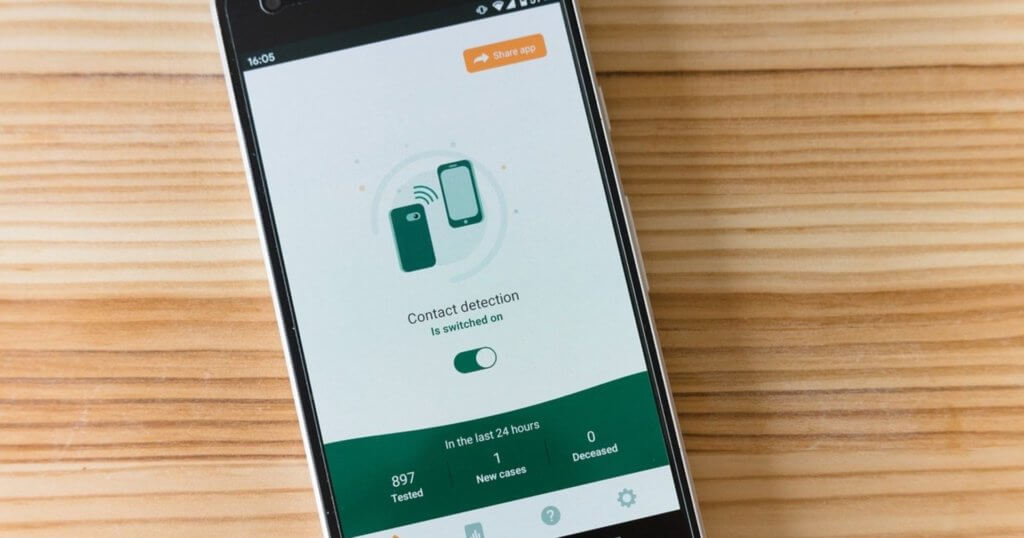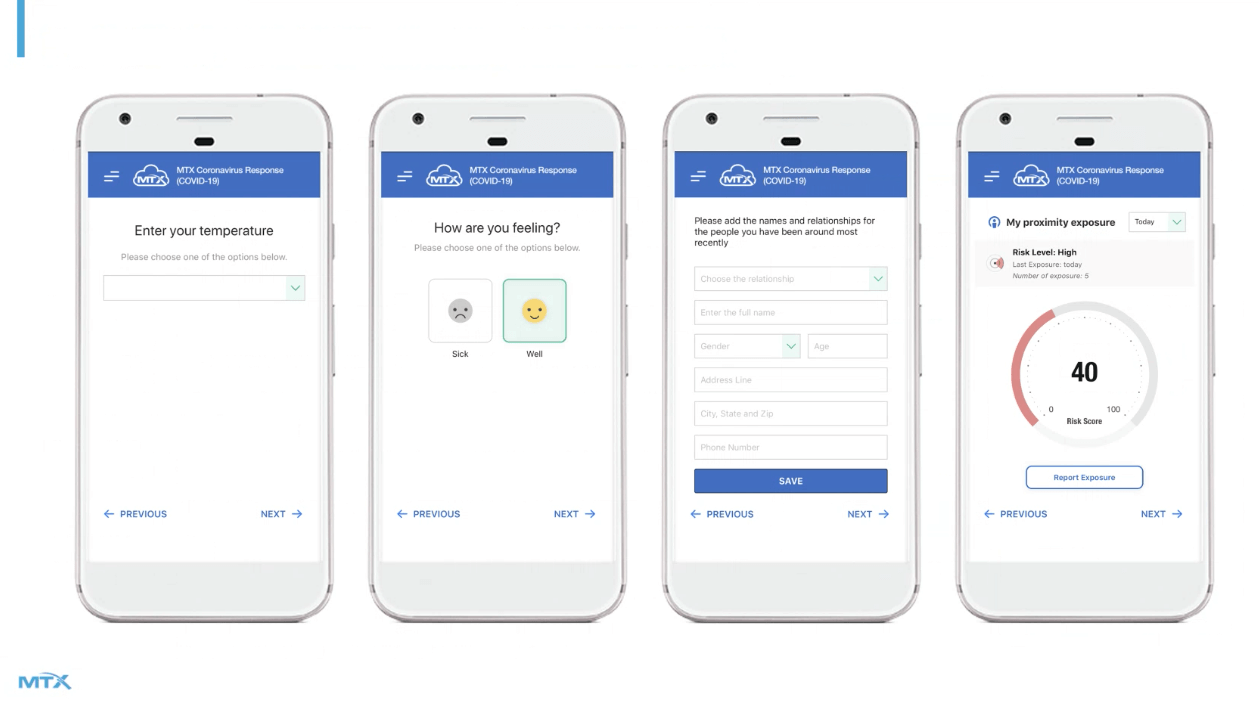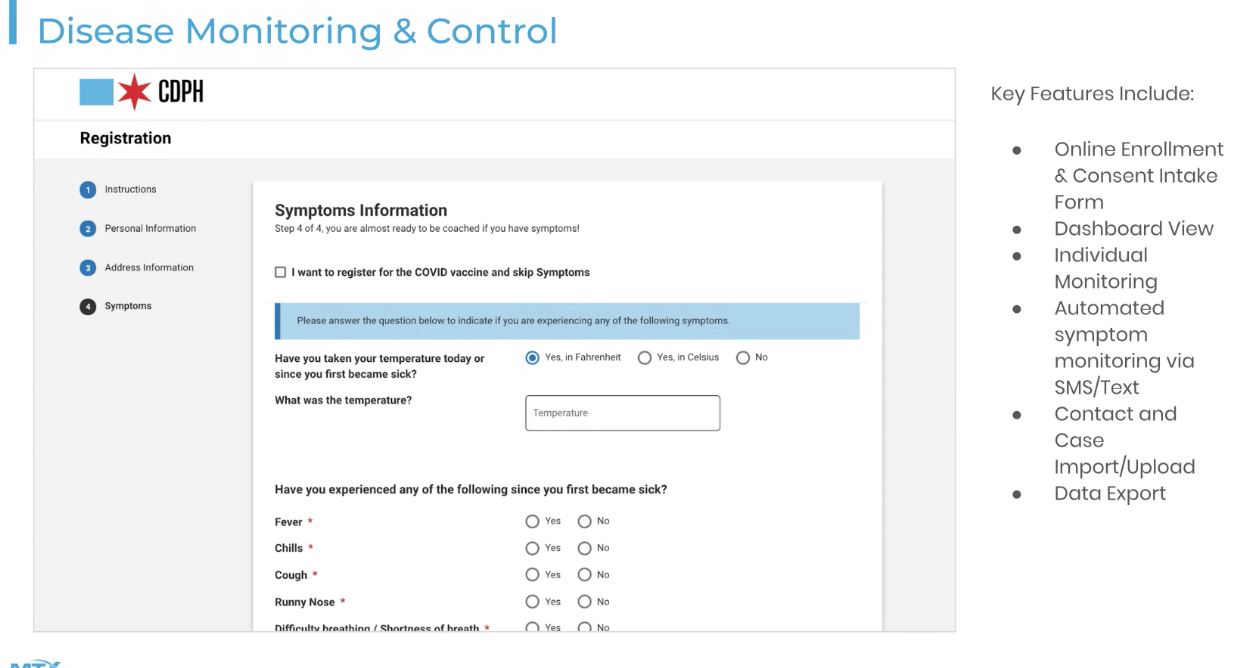
Contact tracing works by identifying which people an infected individual has had recent contact with, who those people have had contact with, and so on — unraveling a spider web of interactions in order to trace the path of a spreading pathogen like coronavirus. Anyone who has been exposed will then need to be isolated to prevent further transmission to others.
Tens of thousands of people have already applied to be contact tracers in the U.S., and job listings are on the rise, but it is nowhere near enough. According to the Centers for Disease Control and Prevention (CDC) Director Robert Redfield, the country needs between 30,000 and 100,000 people working on contact tracing in order to help contain the next wave of the coronavirus.
Easier Said Than Done
Even if we can get enough people trained and ready to go, contact tracing remains a highly controversial topic. First, there are privacy concerns about sharing medical records and monitoring citizens’ constant whereabouts. Cities are struggling to train enough contact tracers for the job as it is, and in cities like New York — and epicenter for the disease — citizens have expressed distrust for how this information will used, especially against undocumented immigrants, certain ethnic groups, and protestors. Even if government leaders vow (and honestly intend) to keep this information private, cities continue to be an easy target for hacking groups.
Frustration also stems from the fact that contact tracing hype has failed to meet the expectations set forth just a few months ago. In addition, opportunistic developers have flooded the app market with spam-riddled and privacy-invading contact tracing apps which have forced tech giants like Google and Apple to become gatekeepers.
Finding the Best of Both Worlds
Trained contact tracers are still vital to the containment of the disease, but apps can complement and amplify those efforts. To aid in this massive undertaking, Google has partnered with Apple and MTX respectively to develop COVID-19 contact tracing apps for city and state governments across the United States.
Dr. David S. Ricketts, Innovation Fellow at Harvard TECH, hosts a weekly Zoom call to discuss the challenges cities are facing around COVID-19 and how they are being addressed.
This week, we were joined by Franco Amalfi of Google and Das Nobel, founder and CEO of app development company MTX Group, who explained how cities around the world are using a new ‘Exposure Notification API’ to track and control the spread of coronavirus.
How Exposure Notification API Works on Contact Tracing Apps
Six weeks ago, Google and Apple teamed up to release a joint ‘Exposure Notification API’ which can be used for contact tracing apps. This system can only be accessed by public health authorities and does not track a user’s location to ensure privacy.
Google/Apple’s exposure notification API creates a random user ID for each device and updates it every 10-15 minutes. This identity is kept private on the device and not shared with Google, or other users. Rather than track a user’s location and movements, the API uses Bluetooth to sense when two devices are close to one another, then cross-references the IDs against any positive COVID-19 cases in its database. If there’s a match, the device will notify the user with further instructions. Users can turn notifications on or off at will. You can find more information about the API here.
Contact Tracing at Scale: Contact Tracing Tools for City Authorities
MTX Group has partnered with Google to develop apps for cities and states across the U.S. that implement the Exposure Notification API system. These apps are meant to serve as one piece of the puzzle that also includes human contact tracing and critical service routing.
This end-to-end solution has 4 components: Disease Monitoring and Control, Contact Tracing, Case management, and Call Center Agents.
Disease Monitoring and Control
A series of dashboards and platforms allow cities and state operatives to track the spread of disease throughout a target area, monitor symptoms automatically through SMS/text, manage online enrollment and consent intake forms, import/export data, and more. The user interface is simple and easy to use, so anyone can enroll and navigate with ease.
Contact Tracing: Active vs. Passive
Contact tracing can be active or passive. Passive contact tracing relies upon voluntary response to surveys and other calls for information. In this case, the app designed by MTX uses active tracing with Apple/Google Exposure API — cross-referencing anonymous devices against an internal database of coronavirus cases. The MTX contact tracing dashboard features several integrations including Twilio Flex and Salesforce
The system has already proven effective. In fact, Chicago deployed the MTX app and identified an additional 600 symptomatic individuals in the first 24 hours. It was the most successful deployment Google has seen, per Almalfi.
Many cities and states across the U.S. are exploring what they can do with it, as are universities for large campuses. NOTE: if a user has been in close contact with someone from another city app, they may or may not be notified depending on the data sharing agreements between the two cities. This is because data on the cases is controlled by individual city/states.
If you would like to know more, feel free to contact francoamalfi@google.com or das@mtxb2b.com.
How to Participate in the City Leader COVID-19 Discussion:
If you are a city leader, you can join the discussion by signing up for the forum here.
This will give you access to the:
-
- Online Forum
- City Leaders WhatsApp
- Weekly Covid19 Zoom Call
Topics we’ve discussed so far include:
1.Online tools for Public Engagement
2. Homelessness / Elderly
3. Connectivity, Wifi, and Access to Computers in Community
4. International Cooperation
5. Self-reporting, Records of self-isolation and Use of Data
6. Search for Volunteers
7. Supports for Businesses
8. Tools for Signing Docs
9. Info on Ventilators and other PPE
10. How to do department by department lockdown
11. Guidelines for Protection in a Makerspace
12. Incentive-Based Pay for City Staff
13. Strategies for city recover post-pandemic
14. Contact Tracing



